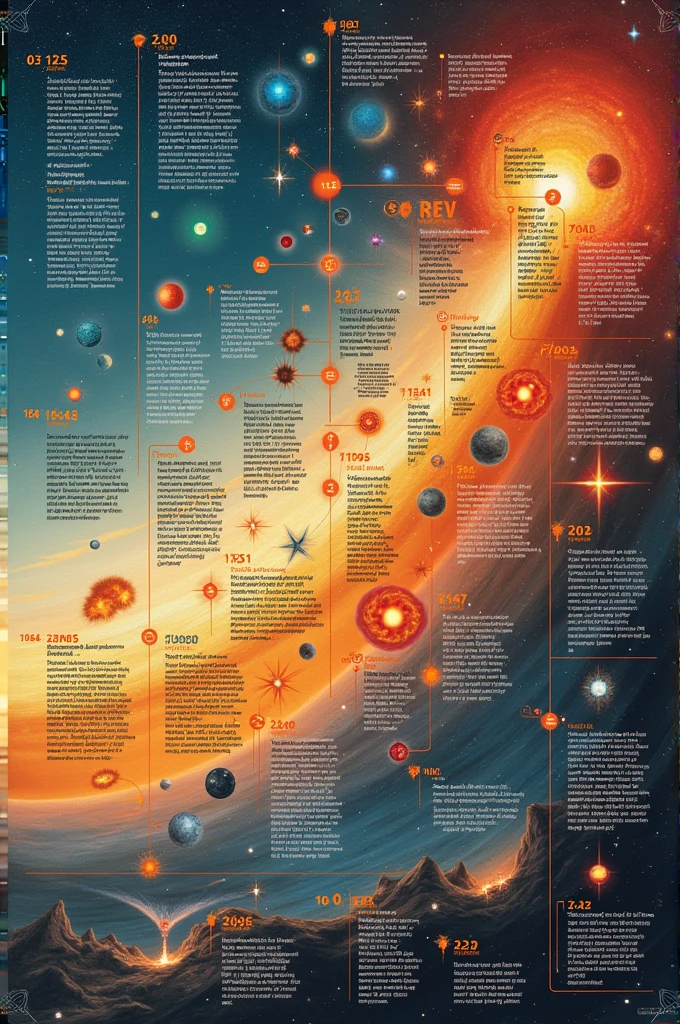Here's how you can create a timeline with illustrations and text to show how ele

Generation Data
Records
Prompts
Copy
Here's how you can create a timeline with illustrations and text to show how elements form with the concept of atomic number:
### **Timeline Title: The Formation of Elements Across the Universe**
1
.
**Big Bang Nucleosynthesis (0-3 minutes after the Big Bang)**
- **Illustration:** A bright
,
hot explosion with tiny particles zooming out
.
- **Text:**
- **Era:** Big Bang
- **Elements Formed:** Hydrogen (H
,
Atomic Number 1) and Helium (He
,
Atomic Number 2)
,
along with trace amounts of Lithium (Li
,
Atomic Number 3)
.
- **Description:** In the first few minutes after the Big Bang
,
the universe was extremely hot and dense
.
Protons and neutrons collided to form the simplest elements
.
Hydrogen and helium became the building blocks for all other elements
.
2
.
**Stellar Nucleosynthesis (Millions to Billions of Years)**
- **Illustration:** A star in the main sequence
,
with hydrogen atoms fusing into helium
.
- **Text:**
- **Era:** Life of a Star (Main Sequence)
- **Elements Formed:** Helium (He
,
Atomic Number 2)
,
Carbon (C
,
Atomic Number 6)
,
Oxygen (O
,
Atomic Number 8)
- **Description:** Stars fuse hydrogen into helium in their cores
.
Over time
,
in more massive stars
,
helium atoms fuse to create heavier elements like carbon and oxygen
.
The atomic number increases as protons are added to the nucleus
.
3
.
**Red Giant Phase (After Hydrogen Burning)**
- **Illustration:** A large red star expanding
,
with layers showing different fusion processes
.
- **Text:**
- **Era:** Red Giant Phase
- **Elements Formed:** Neon (Ne
,
Atomic Number 10)
,
Magnesium (Mg
,
Atomic Number 12)
,
Silicon (Si
,
Atomic Number 14)
- **Description:** When a star exhausts its hydrogen
,
it expands and becomes a red giant
.
In its core
,
helium fuses into heavier elements like neon
,
magnesium
,
and silicon
,
further increasing the atomic number
.
4
.
**Supernova Nucleosynthesis (End of Massive Stars)**
- **Illustration:** A star exploding in a supernova
,
sca
INFO
Checkpoint & LoRA

Checkpoint
SeaArt Infinity
#Sci-Fi
#Scene Design
#SeaArt Infinity
0 comment
1
3
0









